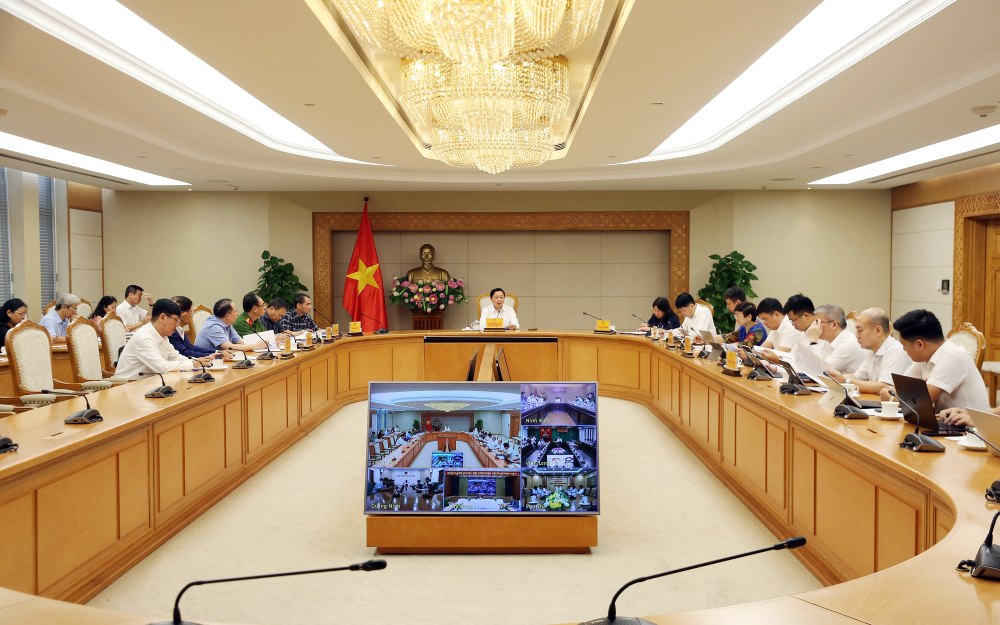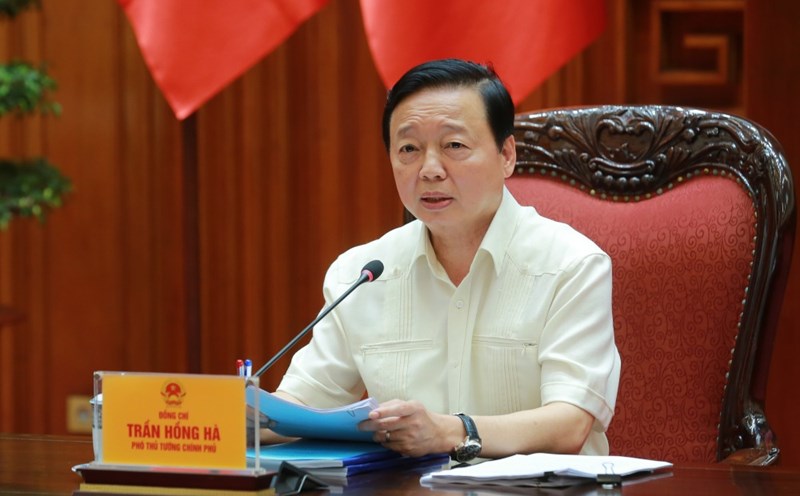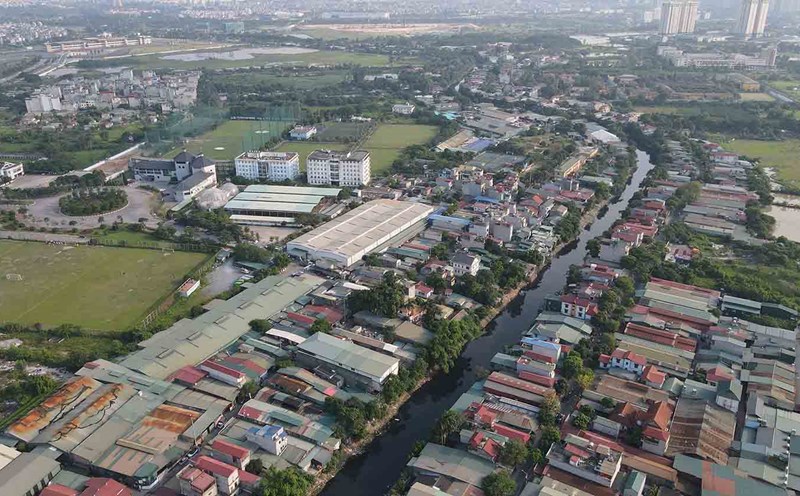On October 15, at the Government headquarters, Deputy Prime Minister Tran Hong Ha chaired a meeting to listen to a report on the implementation of the construction of a land database and solutions to speed up progress.
According to the Deputy Prime Minister, the land database is an essential foundation for state management, not only stopping at compiling data, but including all information about land plots, cadastral maps and activities related to measurement and storage.
Although the Land Law has clearly stipulated the structure, management methods, and database completion progress, up to this point, the implementation progress at the central and local levels is still slow.
The state budget has invested heavily in measurement and statistics, but it is still not complete and accurate, not meeting the requirements of "clean", "living" and updating. Therefore, it is necessary to separate the measurement and counting sections, while focusing on building databases and management tools based on the application of technology and digitalization.
According to the Deputy Prime Minister, land data has not met the minimum requirements such as monitoring land price fluctuations, managing land use purposes or updating measurement data, maps, etc.
For example, the upcoming orientation is to apply a unified valuation method based on data, determine land prices according to value zones and standard land plots, using actual transaction data to determine objective land prices for all purposes, from taxes, fees to compensation and support, however, this has not been done yet.

Regarding the implementation method, the Deputy Prime Minister outlined 3 steps: Using digitized data, digitizing un available data and measuring, checking, building a digital map, "continuously updating, at the same time serving administrative procedures and connecting procedures related to land".
The technical system that needs to be built includes technical infrastructure, specialized software and core platform software to effectively manage and exploit data.
The highest goal is to build a unified, centralized, and interconnected land database from the Central to 34 provinces, cities, and 3,321 communes and wards; including: Infrastructure, specialized software and data fields serving land resource management, administrative procedures, integrated with population, organization, and individual data.
The Deputy Prime Minister requested that all administrative procedures related to land must simultaneously update data. New software and applications must ensure openness, integration and sharing with existing software to maximize the exploitation of available data. Data fields must be complete according to legal regulations, serving management and performing administrative procedures.
Regarding platform software, priority is given to using domestic software if it meets the requirements of autonomy and management; if not yet available, it can be rented foreign software.
The system operation requires reference to the management method of national population database software, effectively exploiting and inheriting the entire infrastructure system, database and software invested from the central to local levels.
Data centers must ensure security, safety, and security, and can arrange a number of technical reserve centers.









